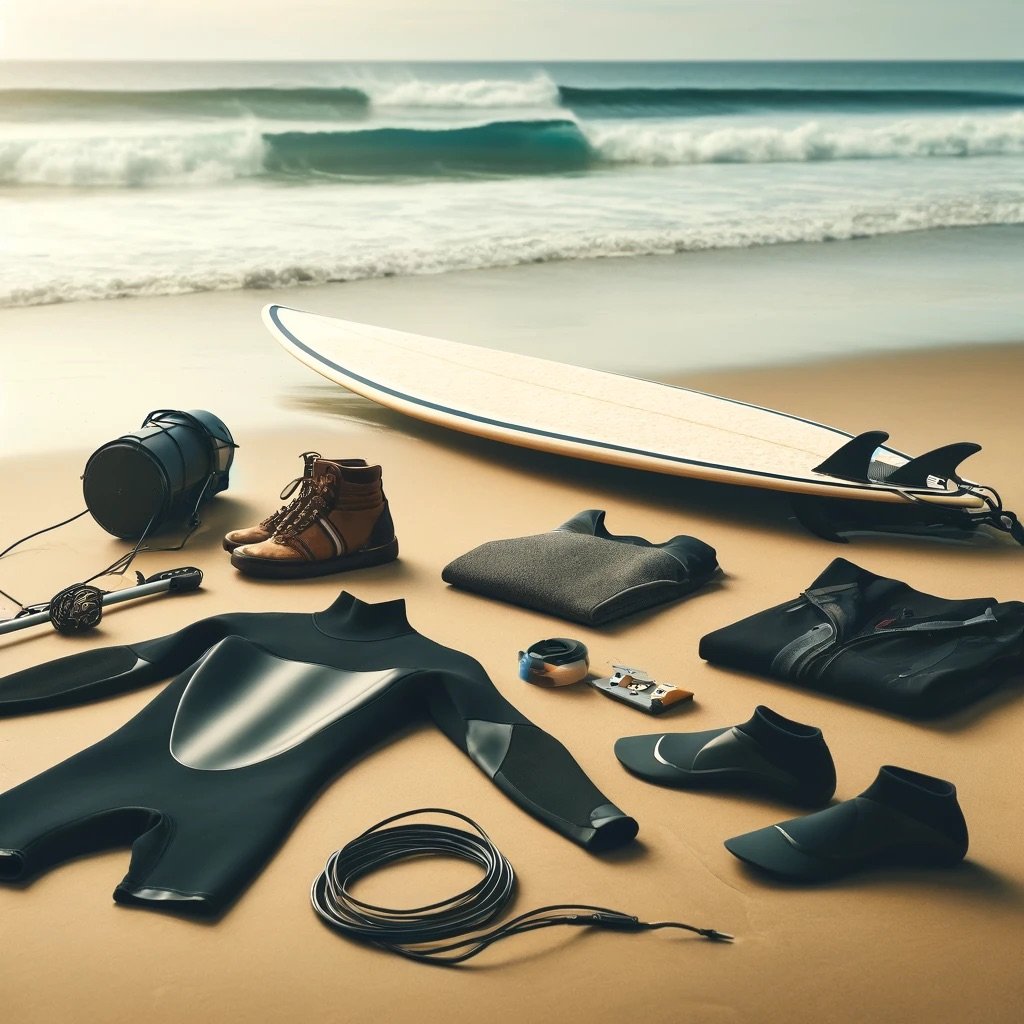Climbing in Different Weather Conditions
Rock climbing in varying weather conditions presents unique challenges and requires careful preparation. Here’s how to stay safe and adapt your climbing techniques to different weather scenarios.
1. Rain and Wet Conditions
- Slippery Surfaces: Wet rock becomes slippery, increasing the risk of falls. Use extra caution and test each hold before committing.
- Gear Protection: Protect your gear from moisture. Use waterproof bags and covers to keep ropes and other equipment dry.
- Clothing: Wear quick-drying, moisture-wicking clothing to stay comfortable. Consider bringing a lightweight rain jacket.
2. Windy Conditions
- Balance and Stability: Strong winds can affect balance and stability. Stay close to the rock and use your body to shield against gusts.
- Communication: Wind can make it difficult to hear your climbing partner. Use clear hand signals and double-check communication.
- Gear Security: Secure loose items and check that ropes are not catching the wind, which can cause tangling or increased drag.
3. Cold Weather
- Layering: Dress in layers to manage body temperature. Start with moisture-wicking base layers, add insulating layers, and finish with a windproof, waterproof outer layer.
- Warm-Up: Spend extra time warming up to prevent injuries. Cold muscles are more prone to strains and sprains.
- Hand Protection: Use gloves designed for climbing in cold conditions to maintain dexterity and grip.
4. Hot and Sunny Conditions
- Hydration: Stay hydrated by drinking plenty of water. Dehydration can lead to decreased performance and increased risk of heat-related illnesses.
- Sun Protection: Wear sunscreen, sunglasses, and a hat to protect against sunburn and heat exhaustion.
- Timing: Plan climbs for cooler parts of the day, such as early morning or late afternoon, to avoid peak heat.
5. Variable Conditions
- Flexibility: Be prepared to adjust your plans based on changing weather conditions. Have a backup plan or alternative routes.
- Weather Monitoring: Keep an eye on weather forecasts and be aware of any sudden changes. Carry a small weather radio or use a weather app for updates.
- Shelter: Know the location of shelters or safe areas in case you need to wait out a storm or other adverse conditions.
Conclusion
Climbing in different weather conditions requires adaptability, preparation, and vigilance. By understanding and preparing for the challenges posed by various weather scenarios, climbers can stay safe and enjoy their climbs. Embrace the importance of preparation and adaptability to tackle the elements and enhance your climbing experience.










